Dive into any niche world and you’re guaranteed to be amazed by the dedication, expertise and total commitment of those that populate it. That was certainly the case when Autocar found itself pitched into the middle of a national-level radio controlled car racing event in a corner of a public park in Uxbridge, just north of Heathrow. Held in blistering heat on the morning of the British Grand Prix, it proved no less intense than the drama that was playing out at Silverstone – just without the 140,000-strong crowd.
The brief was simple, if more than a little intimidating: at the invitation of Tamiya UK, the British arm of the Japanese kit building empire, we were challenged to build up one of its 1/10th-scale TT-02 chassis from the box for a junior member of the Autocar team – by that I mean my six-year-old son Elliott – to race in round four of the MB Models King of Clubs series at the grandly named West London Racing Centre. On one level that just sounded like fun, especially as I’d always fancied building one of Tamiya’s RC kits. On another, we had just three weeks to build the car and get Elliott up to speed on the driving. Gulp.
Read more: Road-legal Tamiya Wild One buggy - full details
I have to admit, I definitely took the lead ‘technical director’ role on the build, with Elliott wandering over from time to time to check out progress before going back to kicking his football about. At first glance, the instructions looked daunting (until I stopped trying to read the Japanese). But like anything, once you broke it down to one step at a time it became captivating – especially as I was building against the clock. The best bit was the lack of glue, my nemesis from childhood days building plastic plane kits. Here, there were just lots of screws and grease to be applied to the moving parts. But with everything bagged and labelled clearly, the chassis and its suspension soon began to take form.
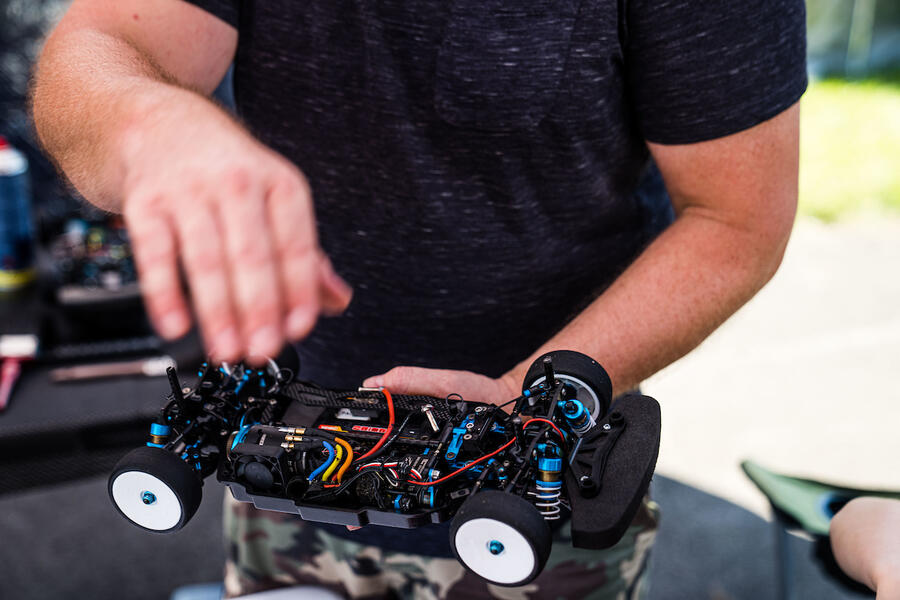

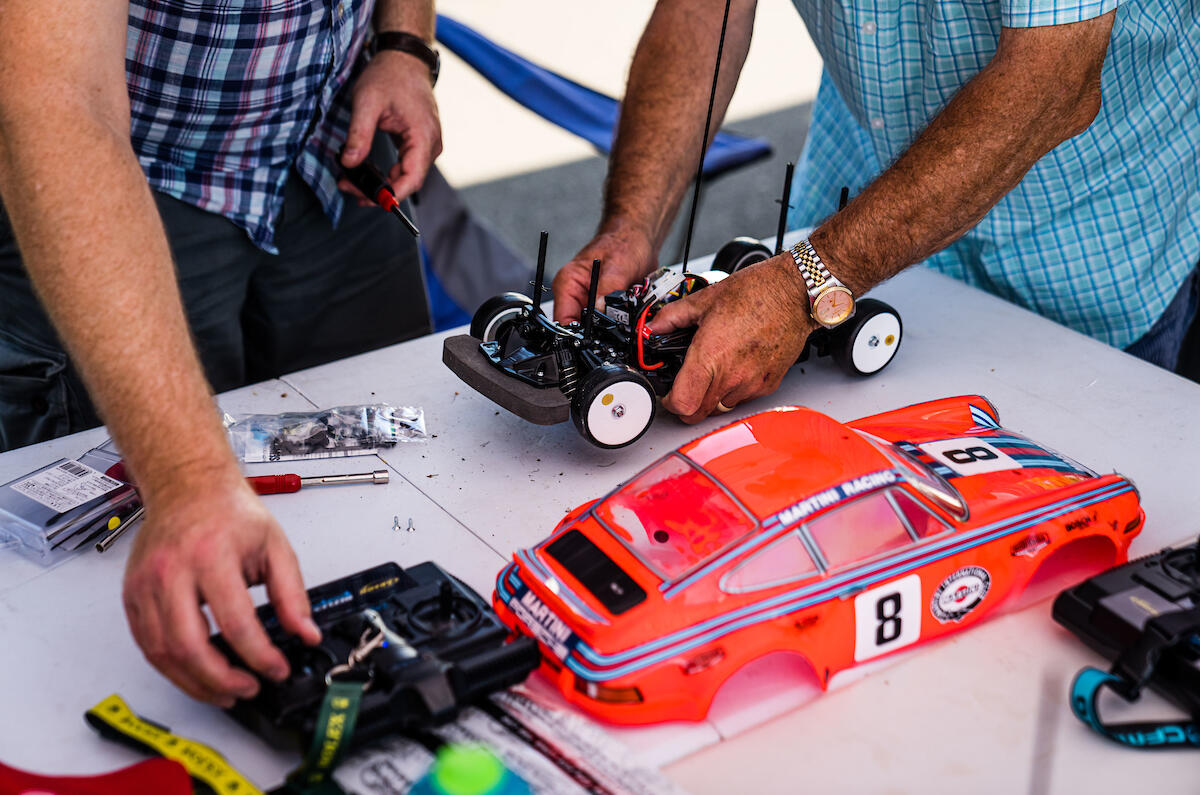
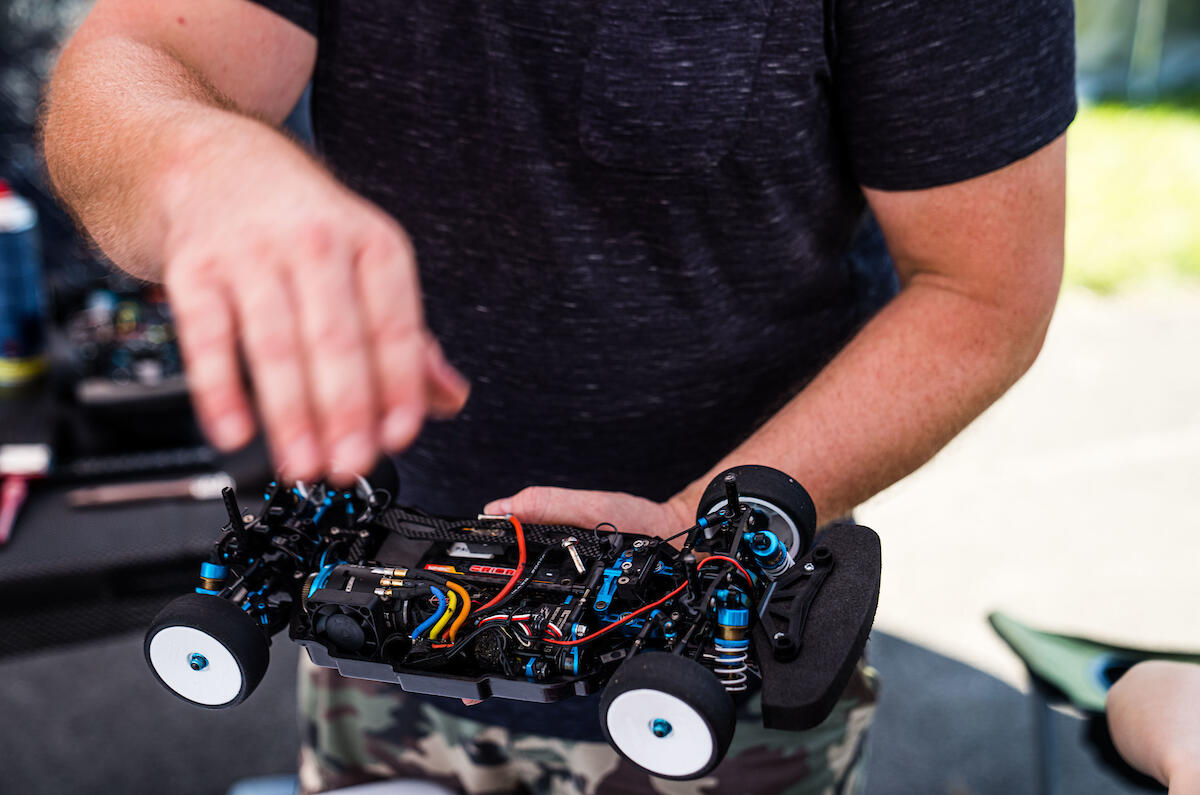
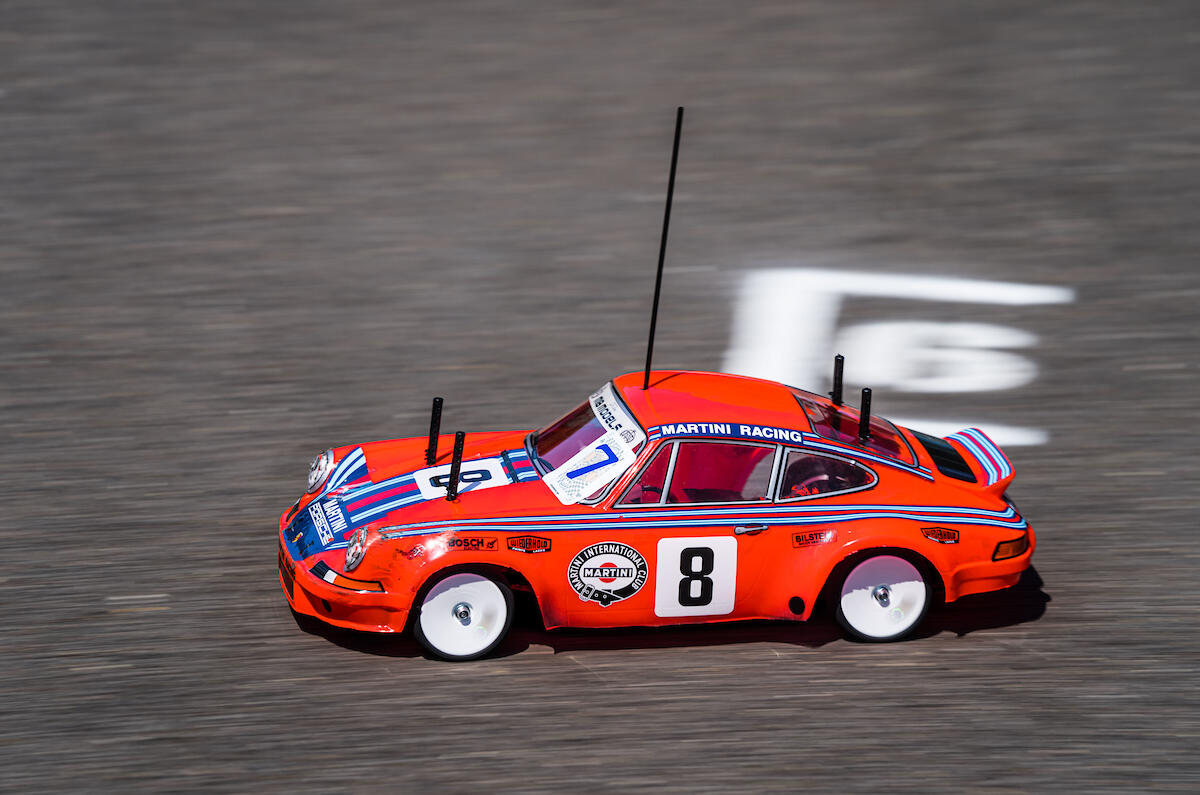

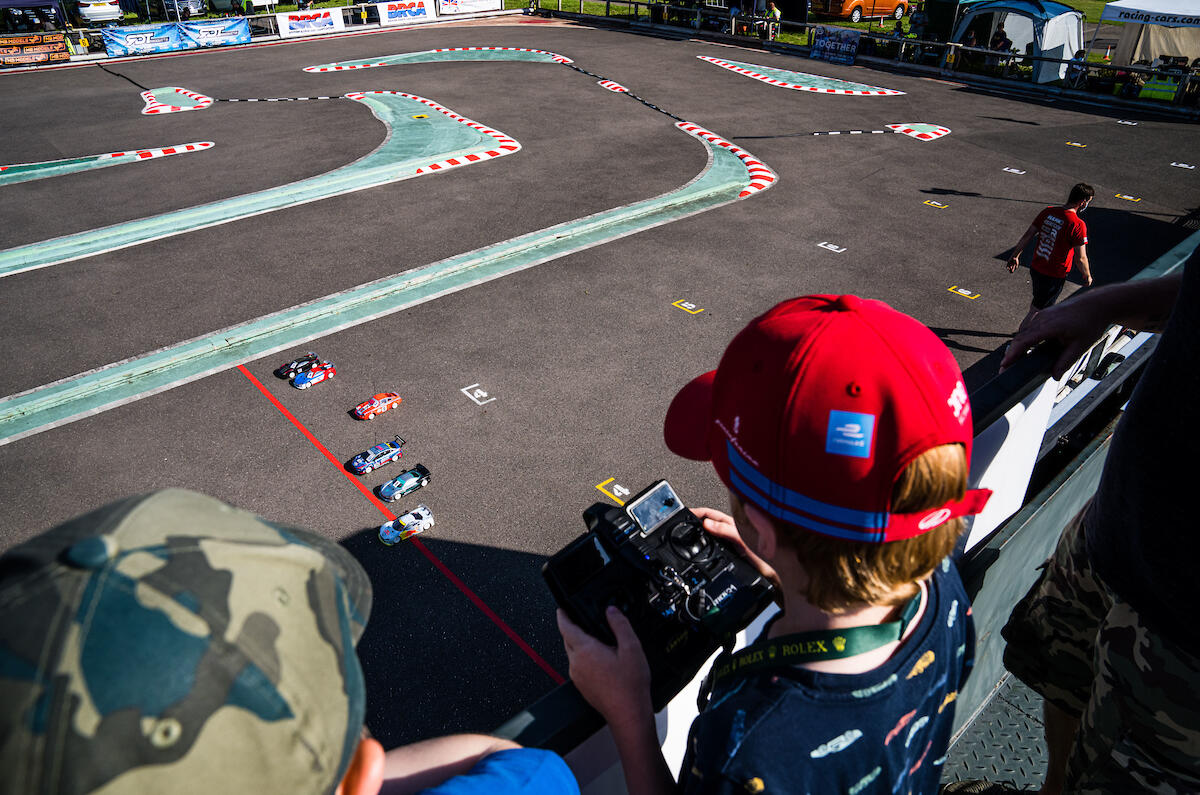





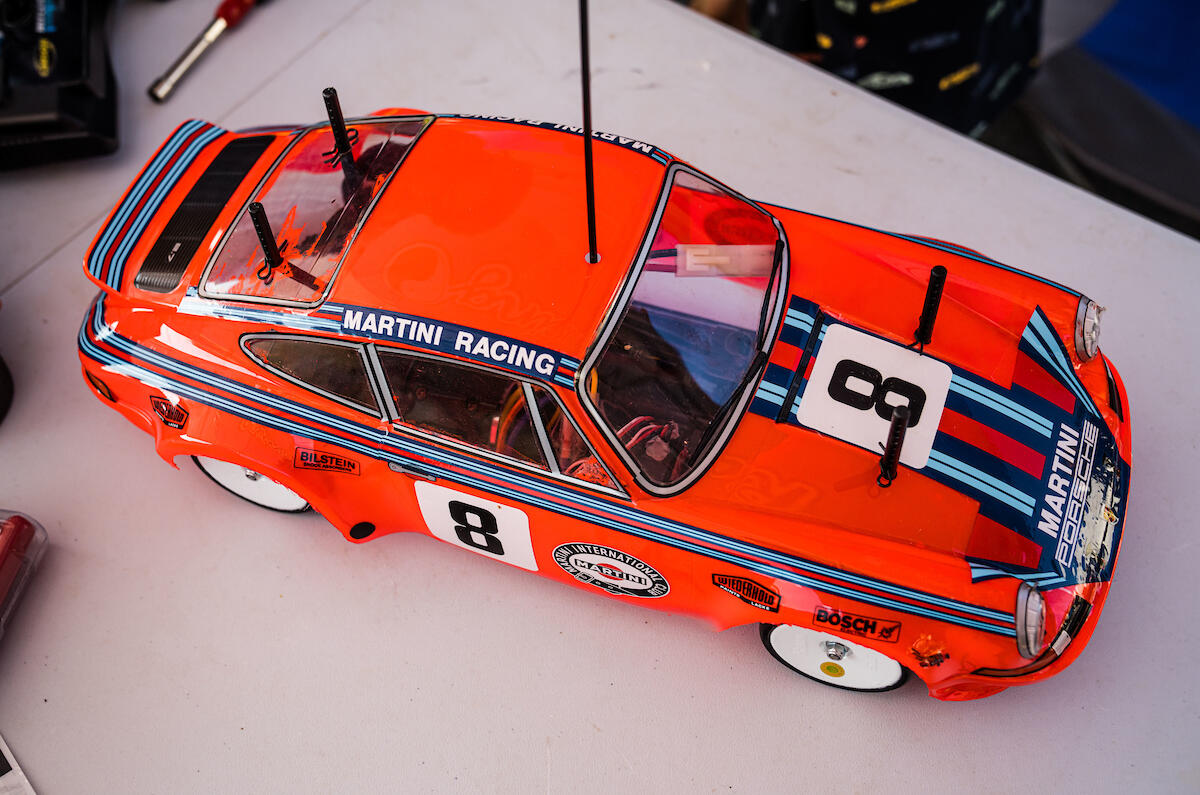
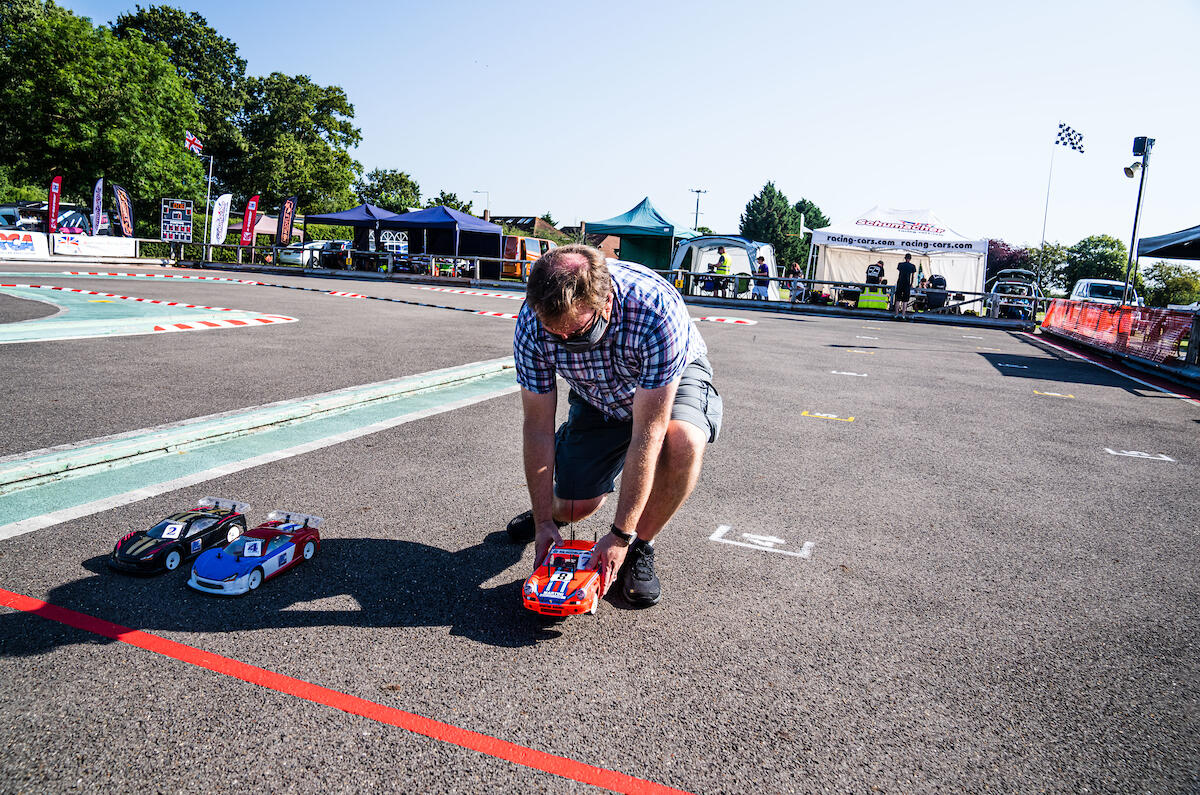




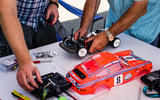

















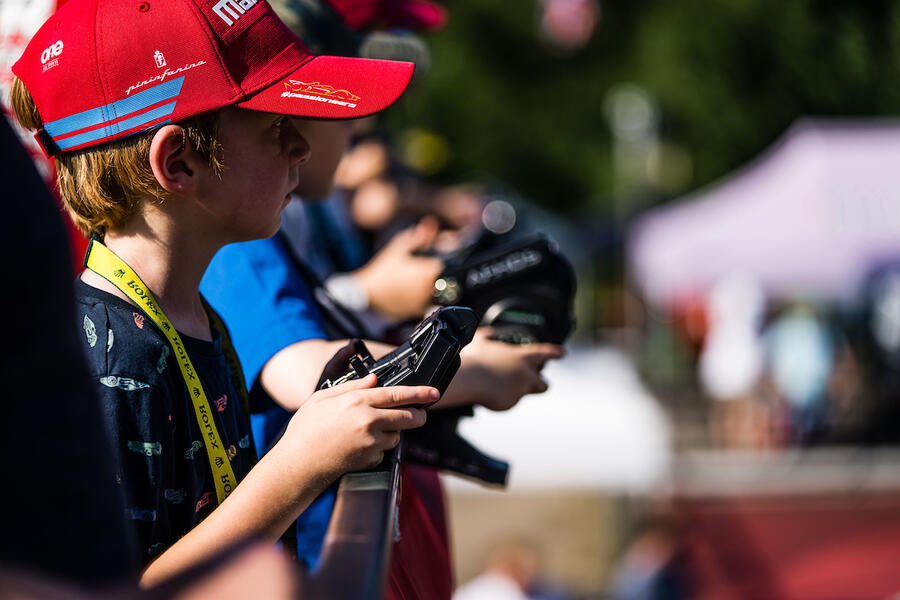
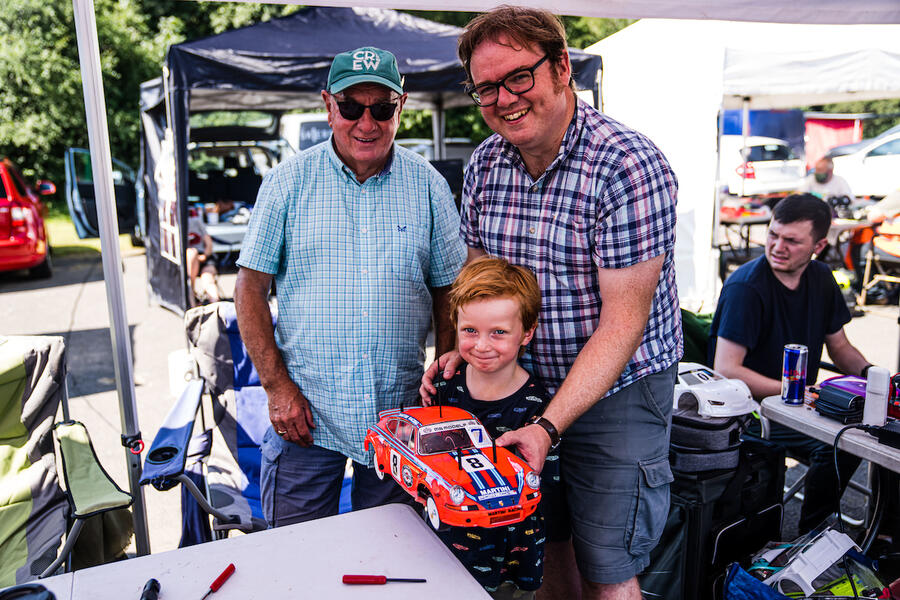


Add your comment